Every golfer wants more distance, but swinging harder rarely delivers the results you’re after. In fact, it often leads to mis-hits, poor timing, and no control.
In this video, Harry Shaw is revealing the key move that creates effortless power in the golf swing, the move most amateurs overlook, but pros use naturally. If you’ve noticed your distance dropping off or feel like you’re putting in too much effort for too little reward, this could be a total game-changer.
You’ll learn where the power really comes from in the golf swing and how you can apply this into your own golf game.
*
CHAPTERS
00:00 The Key
03:33 Setup Changes
05:30 The Effortless Move (Backswing)
09:23 The Effortless Move (Downswing)
11:00 Building This Into Your Full Swing
*
My Links 👉 https://linktr.ee/HarryShawGolf
*
My Course Management Guide 👉
https://harryshawgolf.kit.com/products/thecourseguide
*
Use Code: harry5 for 5% off The HackMotion Sensor 👉 https://hackmotion.com/harryshaw
*
Use Code: HARRY20 for $20 off Precision Impact 👉 https://pureswingproducts.com/HarryShaw
*
Online Lessons 👉 https://skillest.com/coach/harry-shaw
*
In-Person Lessons 👉 https://www.thegolfprojx.com/golf_simulator/golf-lessons-with-harry-shaw/
*
Share This Video 👉 https://youtu.be/IEsTYN_xuZ8
____________________
DISCLAIMER:
👉 I am a part owner of SATORI GOLF LIMITED
Isn’t it every single golfer’s dream to be able to hit the golf ball further effortlessly without putting any extra effort into it? The harder it is though, the harder we try and get this effortless power, the worse it seems to get. And we seem to hit the ball shorter rather than longer. And that’s why in today’s video, I’m going to be showing you where the effortless power starts from, where it truly starts from, as a lot of the tour players do this naturally every single time. And it’s about time we be doing the same, too. So, for those of you who are new to the channel, welcome. I’m Harry, a golf teach professional, posting content just like this every single week to help you lower your score. So, consider clicking that subscribe button as it helps me produce more content just like this one, and it’s totally free to do. Now, to get this effortless power, what golfers will try and do most often is swing quicker. They’ll swing harder. They’ll swing faster with shorter motion. They’ll make their way into the back swing using a lot of their arms to form this movement and get themselves into some sort of stuck position like this here where they can’t really get that freed up motion. They think to themselves they have to hit the ball hard. So, they get very tense and get themselves stuck into a much shorter position and then that caused them to have to try and swing through very very quickly in their heads. But it’s not actually very quick at all because when we put a lot of effort into the golf swing, it tends to work out the opposite way. Rather than hitting the golf ball further, we tend to hit the golf ball shorter. When we try and add extra power into the golf swing, coming from the wrong movement. So wrong movements being tense, getting very short, making sure that we make our way into the down swing, keeping our arms nice and straight, seeing it go low, rolling down onto the fairway, and I got pretty lucky with that one hitting the path. And that finished off at 204 y. Now, if you’re in the same position where you feel like this is you, this is all again coming from the tension, all coming from you having the thought of hitting the ball hard rather than swinging fast. When we hit the ball hard, the initial thought that we have in our head is to tense up. Now, tension is a good thing in the golf swing. It allows you to get into certain positions that I explain in other videos. But if you are looking to generate more speed very much so quickly, tension is only going to slow you down. So all to do with this move that I’m going to show you is how you can loosen up and allow yourself to free up that golf swing. And rather than hitting the golf ball hard, we want to be able to swing quicker. Just like that one there, we’ve been able to swing quicker and the golf ball has rolen down the fairway. And how far has that one gone? 304 y. So, I don’t know how I’ve managed to get that perfectly 100 yards further, but we’ll certainly take that. So when we take a look at those two swings on video, just taking a look at the first one that we did where we thought of the swinging hard motion, we could see there that everything looked very tense. The body wasn’t really moving in the correct way. In fact, it wasn’t even moving enough. Whereas when we take a look at the actual better swing where we’re swinging faster is everything’s opening up. Everything’s swinging freely. It looks smooth and effortless. Now, a couple of differences that you can do to start off with with this before we even dive into the actual effortless move that I’m going to show you itself can be all to do with the setup. Now, in terms of the setup, what we’ll notice a lot of golfers do is when they set up to the golf ball and they think of hitting the golf ball hard, they want to make sure they get into those positions. They’ll stand into the golf ball with their feet pointing directly towards this camera here, ever so slightly more on a 90° angle or more to pointed inwards like this here. Now, what what that’s going to do straight away is that’s going to restrict how much you can rotate back and forth. So, if you’re a golfer that thinks swing hard, you’re not going to be able to use any of your lower body because you’re restricting yourself straight away. As soon as I flare those feet out massively, look what that allows me to do. I can rotate so much more into the back swing into the down swing and through to finish as opposed to flaring them inwards just to exaggerate things. And I do that same movement. It’s a lot harder. It puts a lot of pressure on the knee joints and we don’t want that. Especially if you’re watching this and you are concerned about injury. We want to be able to flare those feet out and that’s going to really help you support the knees, support the feet, support the legs as we begin to rotate into the back swing and rotate into the down swing. So that’s a very easy tip that you can do. I’d recommend rather than having a very much so narrow stance with the feet internally rotated like this here pointing inwards. I’d recommend having a stance ever slightly wider and allowing those feet to flare out. Not too wide so that you actually find it hard to rotate and twist and make that full swing. Somewhere in the middle where the feet are ever so slightly wider than your shoulders. That’s just going to give you the perfect base to be able to apply this effortless move into your golf swing. Now, where does the effortless move start from? It actually starts from as soon as you take the club back. So, that initial thought of you thinking to yourself, right, I’m going to hit the golf ball hard. What do you first do? You go like this here. You start off by tensing up, pushing the club quickly away, and it all becomes very rigid because you have focused on tension. You focused on trying to hit the ball hard. To hit the ball hard, we’ve got to swing quickly on the way back. When you swing quickly, you focus on that movement, that tension. You can see what happens to the club here. If we just replay this movement here from the side on view in slow motion, what you can see there is a lot of movement in the wrists that cause a lot of inconsistency for the club face. That’s where we start to get those mishits. So instead, what I want you to do is slow that tempo down. I want you to think rather than hitting it hard, let’s swing faster. So, in order to swing faster, think of the energy that you’re going to propel into the golf ball is going to come last minute rather than at the start of the golf swing because we’re not hitting the golf ball at this point. We’re hitting the golf ball at this point here. So, we want the speed to be able to come from this down swing part where we get the low point in our golf swing. So, ever so slightly before the golf ball. If we can generate the speed there at the maximum point where just before we hit the golf ball, that’s going to be a lot quicker at the golf ball. So when I say a lot quicker at the golf ball, I mean if we were to swing our fastest point here rather than somewhere here in the back swing because when we start to come down, we’re going to start to slow down. That’s going to make a big difference already. So the initial move starts from the takeaway. Starts from as soon as we take the club back. Now, if I was just to rehearse this movement here, what I would tell any golfer to do if they were struggling with getting this tension and taking the club back is by starting by allowing the club to drag along the ground, to brush the ground as we take the club back, just to ensure we’re getting that nice wide arc. But you can see here, I’m just allowing my arms to move, to push away, to brush the ground. But for my arms to move into position, the feeling is actually coming from my shoulders and my hips. So you’ll notice here, if I was just to replay that there, that same motion, we get the hips to rotate and we also get those shoulders to rotate and tilt. So when we get this rotation and tilt just like a lot of the tour players do to start the golf swing, we’re already adding a lot of pressure here into this trail foot. Now for every force acting on a stationary object, there’s always an equal and opposite force taking place. So when we apply more force naturally into this side, we’re going to want to react and apply more force into the lead side. That’s the reaction. So, we’re going to react by pushing back up off here. We’re going to react by pushing back up off the lead foot as well. So, what’s going to happen is as you start to practice this movement of allowing the arms just to stay nice and still, you’re allowing this hip to rotate round and back here is the feeling I like to think of here as I make my way into this first part of the golf swing. But at the same time, I’m allowing my shoulders to rotate with the hips. The feeling here for me as well is my right shoulder is tilting upwards as my left shoulder’s tilting downwards. And that’s allowed me there to really start to open up the body on the way back and apply loads of pressure into this trail foot. So, as I begin to add this pressure into the trail foot and I start to make my way into the back swing, I’m going to want to apply it into the lead foot. So when I make my way from the top of the golf swing, the feeling for me here is I’m applying the pressure down just like this here into the trail foot more, but then I’m pushing to the lead foot. The move is rotation, rotating away, getting this wider arc on the way back. And then for the down swing, pressing down and pressing up towards this lead foot. Now, to do those three motions, it takes time, which is why you’ve got to start from the beginning. You’ve got to start by focusing on just getting that initial point of right, let’s get that takeaway, right, let’s flare those feet out, ensure we’ve got the correct stance, sever slightly wider than shoulder width apart. As we make our way into the back swing, the focus is allowing this hip to rotate and the shoulders to tilt and rotate at the same time. Not really doing much work here with the arms whatsoever. So, that was just me swinging nice and slow just to really ensure that I’m getting that movement into the golf swing, into the start of the golf swing. Think of that as the trigger for then the down swing to start to really apply this force, apply this speed to take place. Now, that one there finished off at 291, which is pretty good for me. Let’s see if we can get that a little bit further by now applying that second part to this movement. So, it all starts from that movement. We’ve got to then get this working in the down swing. So, that transition all comes from the feeling of this squat down, of this pressure moving down into the ground. So, I’ve rotated. I’ve allowed my shoulders to move. squatting down. So, I’m going to practice just hitting a shot just like that up to the top. Feel that little squat. Feel the pressure onto both feet as I make my way into that down swing. Another nice hit making its way down. Is that one going to go ever so slightly further? No. I think it’s just crept a little bit shorter, but it’s still a reasonable distance. So 293. There you go. Ever so slightly further. Just applying that little bit of extra movement in there for the down swing. So final part is adding that push back up from the ground. The reaction from the ground. So we’re working on that movement. Big rotation the way back. Feel that pressure stay on the trail side pressing down. Then as we start to unwind and allow ourselves to push back upwards, I’ve say push back upwards meaning pushing back up from the ground. Think of it as a squat jump, but we’re rotating at the same time. The fitting for me here is allowing the pressure to move and push up from this lead foot. I’m allowing the pressure to move upwards from this lead foot. And my arms, I’m just keeping them loose. I’m not allowing any extra effort taking place whatsoever to be able to get that movement into my golf swing. So, really winding up to the top, turning as much as we can, pressing down, pushing back, up and through. Much better there. And what you’ll notice at the very top of the golf swing on that one, just wait for that to finish out so we can see how far that one went. Look like it went the furthest out the four I’ve hit, five I’ve hit there. Yeah, 317 y. So when you take a look at that and we replay that shot again, look at the very top of the golf swing, there is actually an ever so slight to me there was an ever so slight pause. It felt to me like in order for me to get that transition which isn’t rushed is to relax the arms, allow this big rotation, and then the move is squat. This is where the pause is. We’re not allowing those arms to come down into the golf ball just yet. They will happen naturally. We’re allowing those arms to stay up there at the top of the golf swing. As we squat down, it’s when we push back up, the speed of the club then propels into the golf ball. Now, that’s the key for this. We want to allow for that little bit of extra time for your arms, for your body to be able to get into the correct sequence for the speed to take place naturally, effortlessly. So, we’ve got that big turn generating that load into the back swing. We’re allowing that squat down to take place and then we’re pushing back up and through as the club comes down to the golf ball. Same feeling. I’ll try and go a little bit slower so you can see that bit of a pause and let’s see where this goes. Another nice drive. That one was a lot straighter. And that one felt really smooth, really easy. And I reckon that one’s gone the same distance. I’m going to guess 317 y again. So, I was focusing on a pause rather than reacting quickly. So, we’re taking our time, ensuring we get ourselves into position, allow the press into the ground, the power to be generated, speed to come back up through the golf ball, keeping the arms nice and relaxed, and you should see more outcomes just like those last few shots. Now, be sure to go ahead and give this a try and comment down below to let me know how you get on from watching this video. Be sure to click that subscribe button as there’s lots more content coming out every single week and I also offer in-person and online coaching. So for those of you who are looking for more personalized coaching to suit their golf swing, I’d recommend checking out the links in the description below and you can be guided to either inerson lessons or online lessons with myself. But if you would like to see more content just like this, I’d recommend checking out the video above here. Or if you’d like to see more content based on the irons, I recommend clicking the video below. Thanks for watching and we’ll see you in one of those two videos over

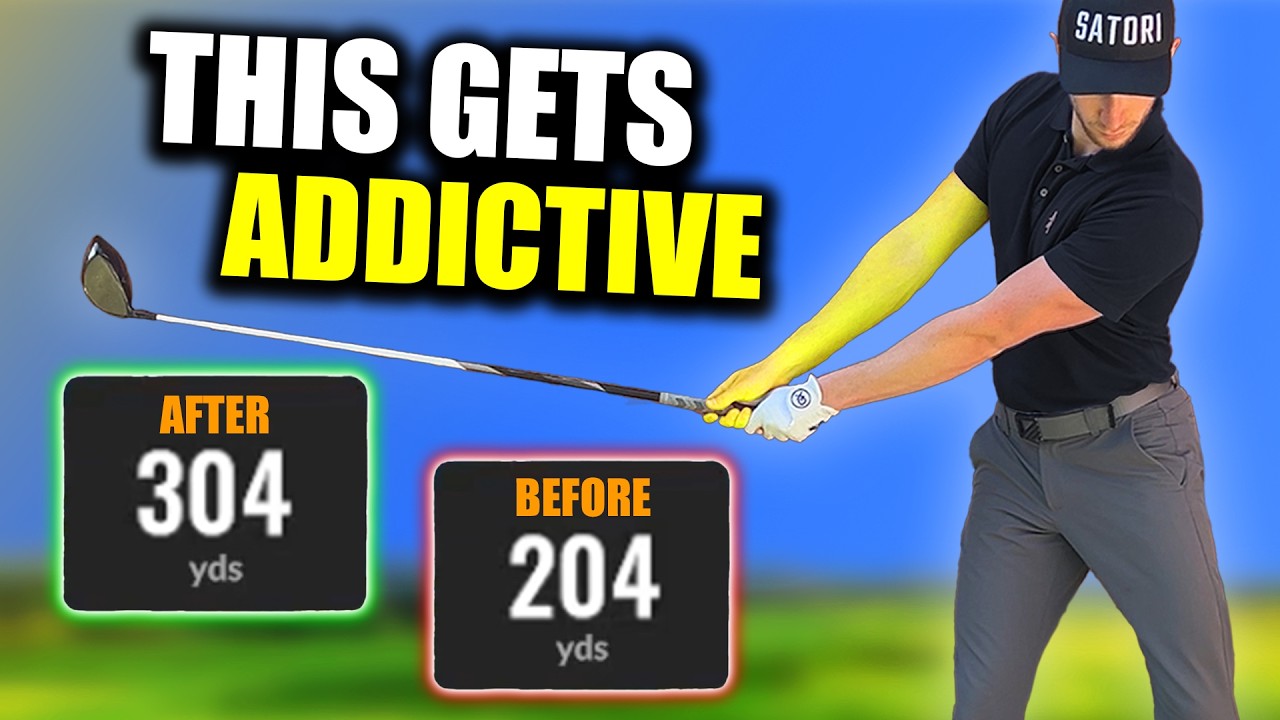
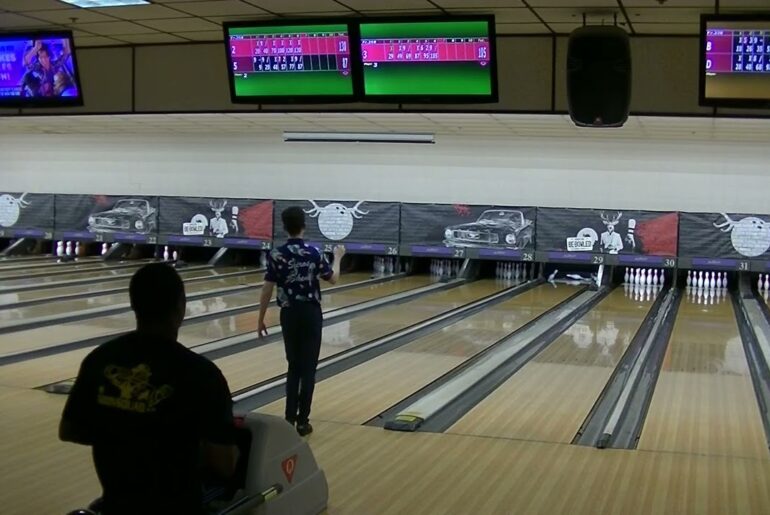
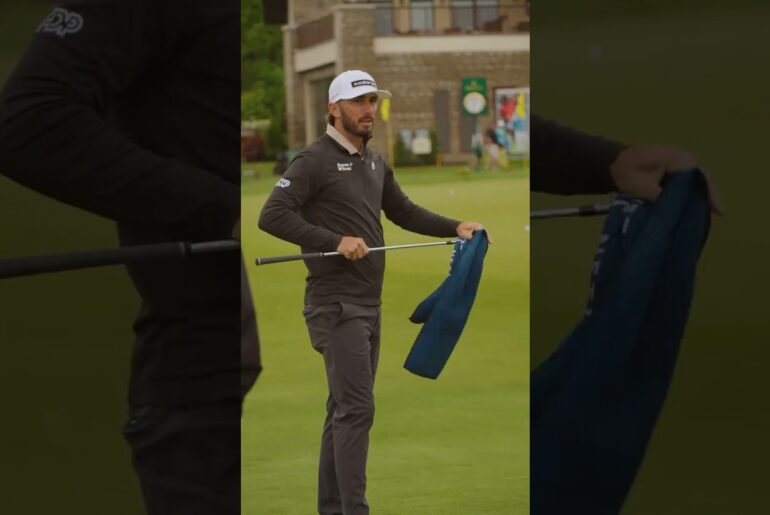

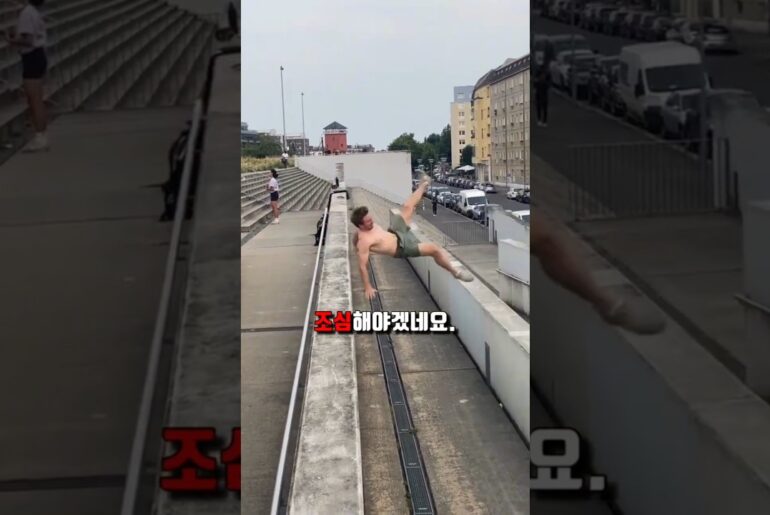

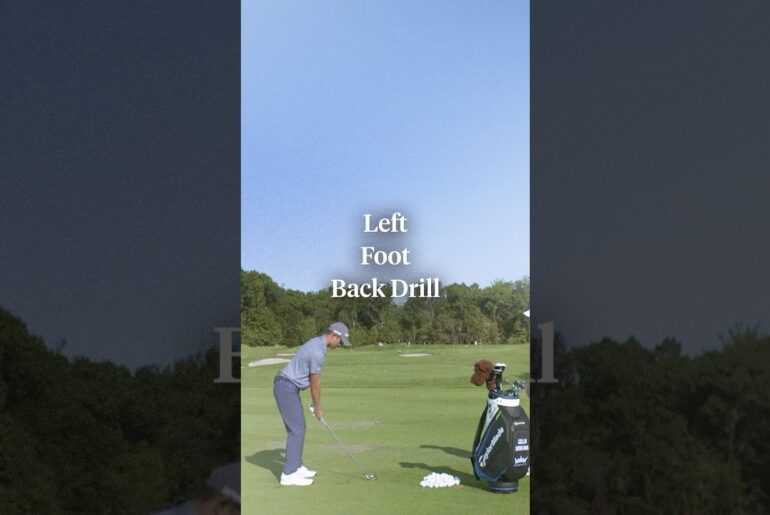
38 Comments
I've watched hundreds of videos and never seen this explain so simply – great video.
New golfer here, 2 years in and I'm at a 12 HC. I loved this video, and will try to implement it at the range then on course. QQ: Does this help releif pain / torque on the lower back?
Great lesson
One of the best beginning to end driver sequences. I’m hitting the range today to work on it.
You should go back over this video and re-shoot with the goal that it is 8 minutes(I understand you need 8 minutes for monetization) You didn't need 15 minutes for this video. Always ruthlessly edit.
When I press down, I find I sometimes bounce my club off the turf first. How would I counter that?
While all tips from instructors can be helpful, I caution people to focus on just 1 or 2 critical things PER season. Also many instructors leave out nuances and fail to indicate sequencing of tips. Some instructions will not work without a prior sequence. To many swing thoughts is a huge detriment. Just be cognizant of that and focus on 1-2 fundamental things then fine tune…Bedard
I noticed in the full swing shots that your hips are rotating during the squat motion as well
Is this a variation of the 'Stack and Tilt'?
As long as you come through the ball and finish pointing your belt at the target you’ll eventually develop muscle memory to be able to swing a lot quicker. The great thing about golf is we’ll never beat it because the better we get(lower handicap)the more we believe we can do things that a ball and club won’t necessarily do. 😎
No matter your swing, what must be accomplished, even more than a proper grip, is relaxation. Even if your grip is perfect at set-up, if you have tension anywhere above your waist, you're using more effort & losing speed with every club in your bag including your putter. Tension will take away the ability to feel the putter head, thus causing distance control issues. There are different opinions as to whether you should be able to feel the weight of the clubhead or have the club feel as light as possible. That's something you'll have to figure out through trial & error. But in either case, you must remove tension. Nothing else will affect your swing more. Before every swing, take a deep breath & let it out & you'll definitely feel tension leave your body. THEN the trick is not allowing swing thoughts to apply tension all over again. Think before you step into the ball, then just get your alignment right & swing away. The perfect example of this is Ludvig Aberg. From the time he addresses the ball & swings is less than 5 seconds, not allowing for any unnecessary thoughts to creep in. If you're not doing this, train your brain to be able to do it by not being concerned about the end result, & freezing over the ball. It will also speed up play for everyone. One of my playing partners stands frozen over the ball while hitting driver for at least 15 seconds, many times more. I can't even imagine standing frozen for that long as it has to allow tension to build & make it difficult to begin the swing. That's why they say golf is 90% mental. You have to be mental to even want to play this game. Sorry for the rant but sometimes I just can't avoid it. Just like swing thoughts.
Great tip. I thought you should keep the back foot straight.
he has a good swing, its just some misinterpretation of what is actually going since no supporting reference to the geometry of the circle and physics of rotation around it to justify the commentary.
New subscriber here. Question: where does butt of the 0:02 grip on your driver point to starting down – – at the target line or straight down at the ground directly below your hands? Thanks!!
The Squat. 33 years of golf and nobody has ever told me about The Squat. It's so logical now when I watch you. I have things to focus on at the range now. Thank you.
So much of this is about getting into right side bend with right shoulder moving down as opposed to shoulders being too level when trying to rotate.
What are you doing this saturday? I need a teammate.
Thanks for the tip, now one from me, turn some lights on so you don't need to film with a 10,000 ISO
Shoulders move club back first then hips open
Many thanks Harry. The Squat is a discovery!
Thanks for the great lesson. The pause, squat and keeping the arms loose, just what I needed to improve my stiff swing. Thank you so much!
Why is it when i watch golf videos all my ads are about a salt trick or bowel movements???
Would this be applicable to iron play from fairway was well?
This is the best explanation I have seen. Thank you
I can see that the most critical part is the timing of getting back to an upright enough position so that the full arm extension and thus club head will be at the right spot. otherwise, you're chunking up a divot behind the ball, or missing the ball entirely, or topping it, etc., etc. also, by slowing this down, I can see you are starting your press up and rotation about when your hands are level with your belt. you should also mention the shift to the left that is important for getting the sternum equal to where the ball is.
7:36 takeaway tip
9:00 shoulders and hips
10:00 reviewing
Great video, very clear showing how to improve. I was surprised about the feet pointing outside to enable your body to turn much easier
for the Philippines 🎉❤
You spent the first half of this video explaining how to hit a driver wrong so I left.
Four drives at 290+ in the fairway 😂. I would pay you a lot of money for just 270!
great lesson, thanks
I'd always thought keeping my feet pointing forward was super important. Explains why my knees don't work after a range session at 34, though a lot of that is probably due to having no cartiledge in either one 🤣
I was cocking my hands from the start, and doing real bad.
You explained it clearly and at a great pace thank you
Video was choppy.
Thanks for watching!
If you want to play smarter and lower your scores, grab my FREE Course Management Starter Guide below.
👉 https://harryshawgolf.kit.com/6274a29d2d
That is good action.
The only video I've watched so far that that is easy to understand and makes alot of sense